Total car sales in the market in 2030 could reach 1-1.1 million units, double the record level in 2022.
In the draft Strategy for the development of Vietnam’s automobile industry until 2030, the Ministry of Industry and Trade said the target of total automobile sales is about 1-1.1 million vehicles, with an average growth rate of 14-16% per year. Of which, the consumption of electric, hybrid and solar energy vehicles accounts for 350,000 vehicles by 2030.
By 2045, this market growth could reach 11-12% per year, with a total of 5-5.7 million vehicles. Of which, electric vehicles and clean energy vehicles account for 80-85% of the market share, equivalent to 4.3-4.4 million vehicles. Domestically assembled vehicle output is about 4-4.6 million vehicles, meeting 80-85% of domestic demand.
The consumption level set for 2030 is about 2.5 times higher than the figure recorded at the end of 2023. The Ministry of Industry and Trade cited a report from the National Traffic Safety Committee saying that in 2023, the number of newly registered vehicles nationwide was more than 408,500. The total number of registered vehicles accumulated to the end of the year was 6.31 million.
This level is also double the record sales volume in 2022, exceeding 500,000 vehicles, belonging to the group of 4 largest markets in Southeast Asia. At that time, sales of half a million vehicles in the region were only achieved by the 3 largest markets, Thailand, Indonesia and Malaysia. At the same time, the growth in purchasing power of the Vietnamese auto market was the second highest in the region, only after Malaysia.
According to the Ministry of Industry and Trade, since 2011, the Vietnamese automobile market has been growing continuously. Currently, the average car ownership rate per capita is 63 cars per 1,000 people by 2023. If only passenger cars with less than 9 seats are counted, the car ownership rate is 30 cars per 1,000 people. The proportion of personal, family and organizational cars accounts for 67% of the total number of cars in circulation nationwide, according to the management agency.
When developing this strategy, the authorities also want to increase the proportion of domestically assembled vehicles to about 70% of domestic demand by 2030, and meet 87% by 2045. Currently, the proportion of completely built-up (CBU) imported vehicles is still quite large, about 40%, according to data from the General Department of Customs and VAMA.
At the same time, Vietnam aims to promote supporting industries. Specifically, by 2030, the supporting industry for automobile production will meet about 55-60% of the demand for components and spare parts for domestic assembly production, increasing to 80-85% by 2045.
The supporting industry will increase the application of technology to manufacture important parts and components such as transmissions, gearboxes, engines, and car bodies. They must also increase cooperation with major automakers, selecting the types of spare parts and components that can be produced to take on the role of a link in the global production and supply chain.
Currently, the country has about 30,000 mechanical enterprises, accounting for nearly 30% of the total number of processing and manufacturing enterprises. However, according to the Ministry of Industry and Trade, the quality of human resources in the mechanical industry has not met the needs of operating high-tech equipment. This is one of the important issues affecting the production and economic efficiency of the mechanical processing industry.
Meanwhile, the components that can be localized are mainly bulky, simple, labor-intensive, and cheap parts such as chairs, batteries, and large plastics. Most components that require high levels of intelligence and technology must be imported. Domestic enterprises are also unable to produce complex component assemblies.
Car parts are mainly made of iron and steel, while Vietnam is still not self-sufficient in this supply. In particular, parts that can withstand high force and heat such as engines, gearboxes, and crankshafts must be made of gray cast iron, ductile cast iron, ductile cast iron, and aluminum alloy, which Vietnam still has to import.
Normally, the value chain of the automobile industry is divided into two parts. Downstream is the design and production of components and spare parts at level 1 and level 2. This stage accounts for nearly 60% of the value of finished vehicles, but domestic automobile enterprises are completely passive.
The upstream stage, including assembly, distribution, sales and customer care, only contributes about 15% of the total value of the vehicle. This is the stage that Vietnamese enterprises are doing.
Thailand currently has 710 tier 1 suppliers and 1,700 tier 2 suppliers serving the auto manufacturing industry. However, Vietnam only has about 33 tier 1 suppliers and about 200 tier 2 suppliers. In fact, Vietnam does not even have a single big-name supplier specializing in providing products and services for this industry.
"To create good automobile products, good materials are needed for manufacturing and high manufacturing capacity, robot programming, and quality control," the Ministry of Industry and Trade assessed, saying that this is something that needs to be improved. In fact, the Vietnamese automobile industry has a foothold in the market but has not yet created high trust even with domestic consumers.
Source






![[Photo] Prime Minister Pham Minh Chinh inspects the progress of the National Exhibition and Fair Center project](https://vphoto.vietnam.vn/thumb/1200x675/vietnam/resource/IMAGE/2025/5/19/35189ac8807140d897ad2b7d2583fbae)
















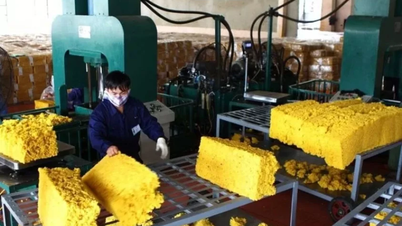























































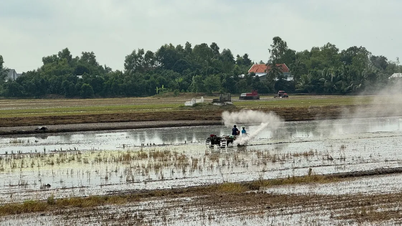

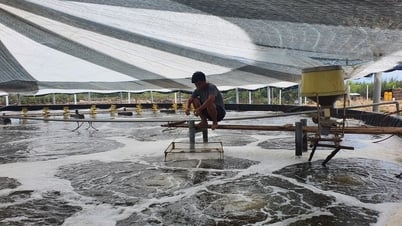

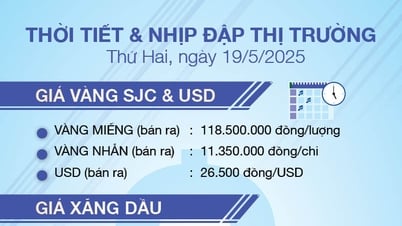




![[VIDEO] - Enhancing the value of Quang Nam OCOP products through trade connections](https://vphoto.vietnam.vn/thumb/402x226/vietnam/resource/IMAGE/2025/5/17/5be5b5fff1f14914986fad159097a677)





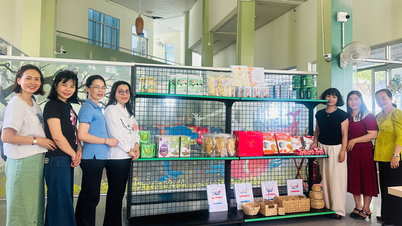

Comment (0)